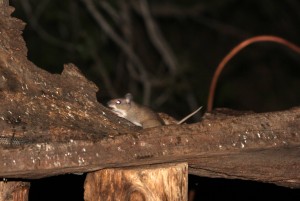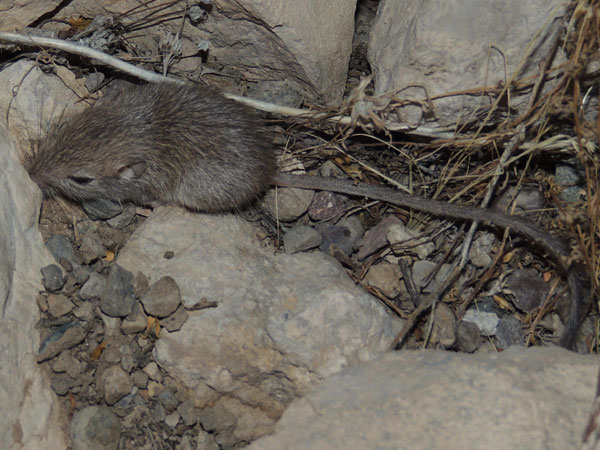

It was in later recorded in Egyptian history that mice were used in medicine. Even the ruins from the times of the great Pharaohs have signs of preventing mice from entering with plugged holes. Archeologists have uncovered Egyptian ruins to find homes with rocks plugging holes to prevent the mice from entering. The Egyptian people’s goddess known as “Sekhmet” was illustrated and described to be having a mouse’s head on top of a woman’s body. It was said that the mouse as a destroyer and carrier of disease. The Egyptian people were very terrified of mice. The Egyptians are familiarly known for using animal heads in stories and artwork to symbolize their respected and most feared gods. The mouse favored both characteristics of the god Apollo in stories. On the other hand, the mouse was also seen as a healer much like the god Apollo. Apollo was considered the god of disease and pestilence as some see the mouse as a carrier of numerous diseases. Apollo was often called the Lord of the Mice, and Apollo the Mouse. They associated the mouse with the god Apollo, best known as the god of light and the sun, truth and prophecy, healing, plague, music, and poetry. The ancient Greek people respected the mouse and considered it to be a tough animal. The mouse has been highlighted throughout history by the Greeks, Egyptians, Romans, and other civilizations. This term suits the mouse became it is known as a scavenger. In different translations of the Latin word Mus, it is found in the Anglo-Saxton language to have derived from the Sanskrit word “musha” which means thief. The most common “true” mouse is the house mouse, or scientifically known as Mus musculus species of rodents. The Latin behind the meaning of the rodent’s genius species name can be translated into “mouse, small mouse,” As for the house reference in the common name, it is derived from the house mouse being commonly found in the in homes, shelters, or buildings throughout the year. The Muroid families are divided into six families, 20 subfamilies, around 275 to 285 genera, and at least 1250 to 1300 species. The term mouse is used commonly to name small Muroid rodents, which are a superfamily of rodents. The mice and mouse name covers over 1,000 or more mice and mice like species. The genus shows evidence of more speciation as years go by. There are over 35 to 40 species of rodents including other genus’s and the Mus genus.

Therefore these terms are not taxonomically specific. Mouse often refers to any small Muroid rodent, while rat refers to larger Muroid rodents. However, the term mouse can also be applied to species outside of this genus. All members of the Mus genus are referred to as mice.Known as the gnawing animals, for this reason, the teeth are kept short by the constant need to gnaw.This order is characterized by having a pair of constantly developing incisors in each of the upper and lower jaws.Means that the animals here have hair, sweat glands, and mammillary glands.This phylum encompasses the animals that have a bilateral body plan, and at some stage of life has a notochord, dorsal neural tube, pharyngeal slits, post-anal tail, and an endostyle.This is the kingdom of all animals on the planet, or the multicellular complex organism group.The rodents make up 40% of the mammal class. Being such a highly hunted animal, the mouse has adapted to seeking shelter, specifically near food sources where they do not have to travel long distances exposed. Primarily for their resilience to being one of the most highly preyed on species from hawks, foxes, wolves, dogs, cats, reptiles, and even some arthropods.

Mice are known to be one of the most successful mammals in the world. Mice are just like their close relative the rat, just smaller, occupying different niches outdoors, and sometimes the same in most indoor habitat situations. They are also one of the most well-known rodents in the world. Mice make up for this by having amazing remaining senses. The mouse is primarily nocturnal with bad eyesight. The mouse is one of the smallest mammals in the world, found on every inhabitable continent. Mice are tiny, hairy, mammals, big eyes, big ears, long tails, and pointed noses. All about the Different Types of Mice, Mouse Life Cycle, Identification, Facts & More


 0 kommentar(er)
0 kommentar(er)
